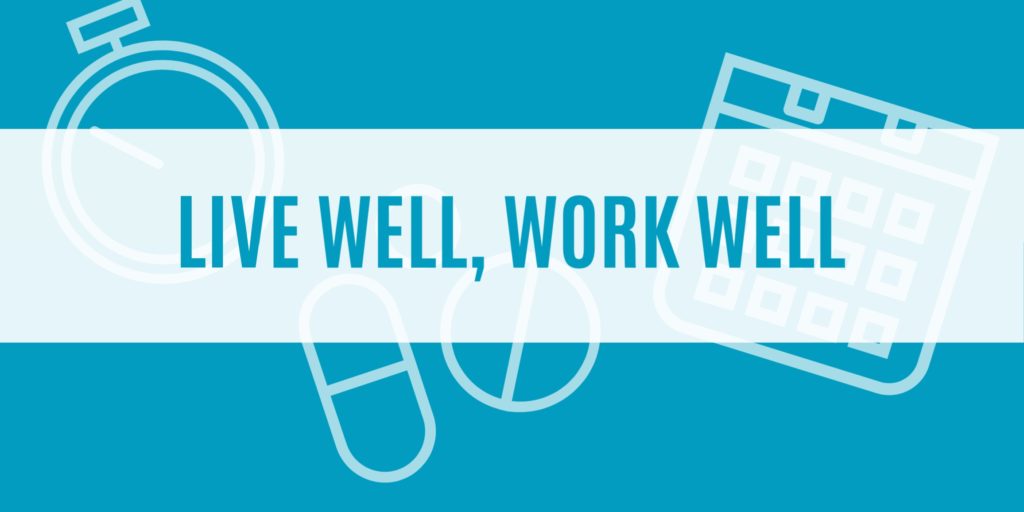11 Dec EEOC Launches Data Tool to Track Employment Trends

The U.S. Equal Employment Opportunity Commission (EEOC) recently launched EEOC Explore, a new interactive data query and mapping tool that gives users access to the most current, granular and privacy protected aggregate data covering employment trends that is publicly available.
Employer Information Report EEO-1 (EEO-1) data is collected by the EEOC from private employers with 100 or more employees and federal contractors with 50 or more employees. EEOC Explore allows users to analyze employment trends and search this aggregate data by sex, race, ethnicity, location and industry sector.




 The Vision Council reported that more than 70% of Americans don’t know—or don’t believe—that they could suffer from eye strain.
The Vision Council reported that more than 70% of Americans don’t know—or don’t believe—that they could suffer from eye strain.